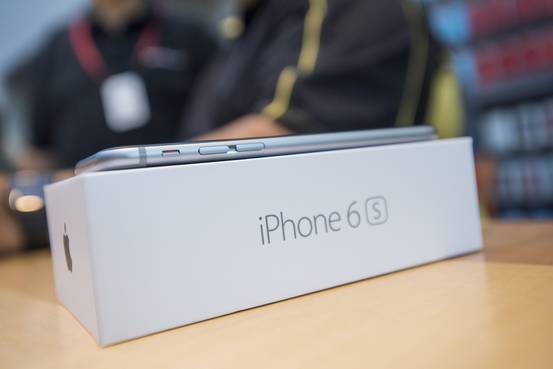Microsoft Corporation – MSFT
Company name: Microsoft Corporation
Stock ticker: MSFT
Live stock price feed: [stckqut]MSFT[/stckqut]
P/E compared to competitors: Good
Employee productivity: Good
Sales growth: Fair
EPS growth: Good
P/E growth: Poor
EBIT growth: Poor
Confident Investor Rating: Fair
Target stock price (high): $20.51
Target stock price (low): $15.17
At this price and at this time, I do not think that a Confident Investor can confidently invest in this stock.

